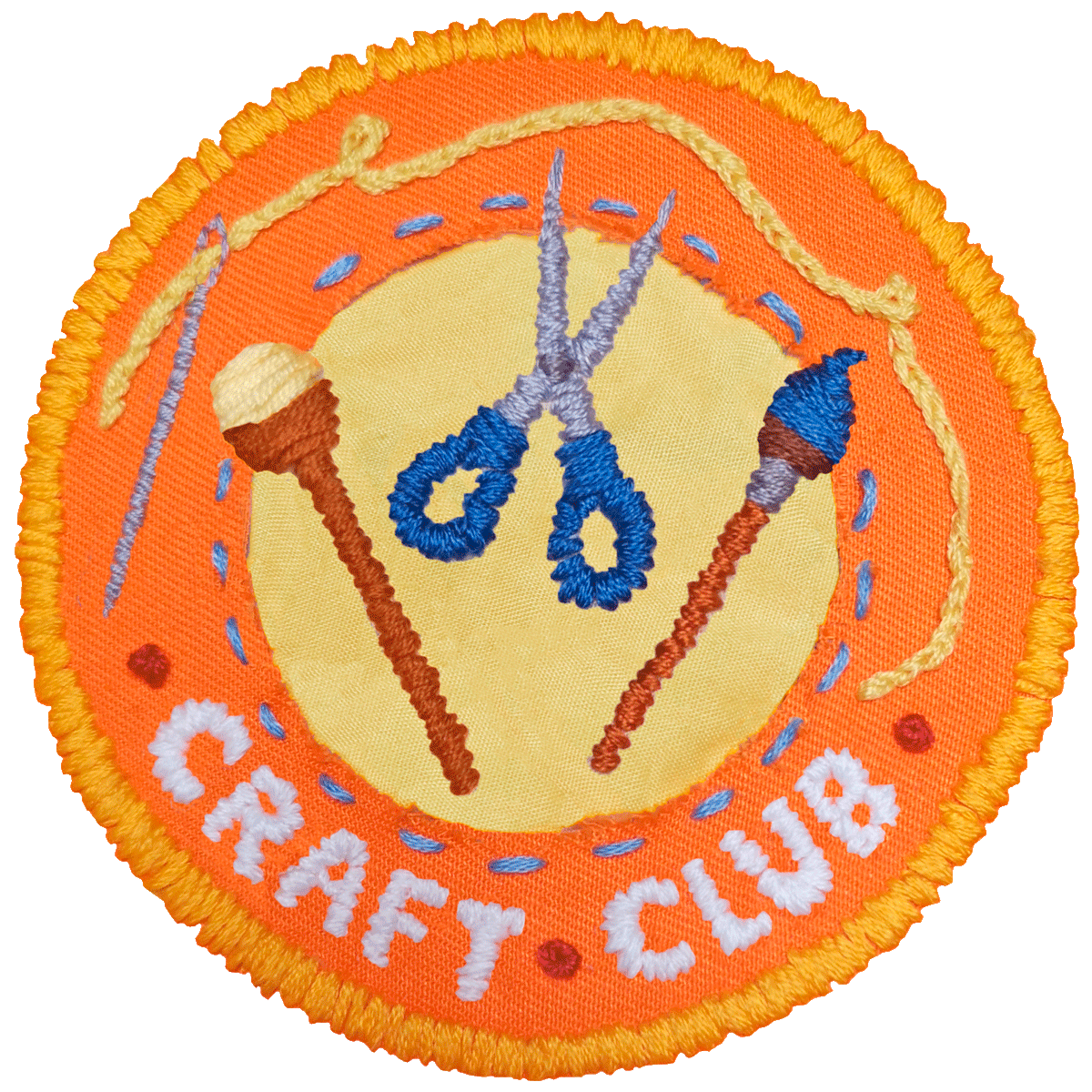There is something about the unlimited possibility of the blank page, so what could be better than an entire book full of them?
A notebook can be a diary, a to-do list, a sketchbook, a novel. A place to begin, to record, to practise, to learn, to work through.
“I love paper, the texture, something that holds your story, having something with you that keeps your thoughts, I really like that,” says Catalina Sanchez, an artisanal notebook maker (and long-time notebook lover) who will be teaching our fifth Craft Club class, livestreamed on the evening of March 16.
Catalina Sanchez uses vegan, recycled and environmental products in making notebooks by hand.Tijana Martin/The Globe and Mail
“It’s different than just using your laptop or your phone,” she says. “I think when you use digital, it somehow gets lost. When you have a notebook, it’s a bit more real.”
I don’t need any convincing. As a reporter, I use notebooks both in my work and in my day-to-day life. The notes for this story were written in a spiral-bound steno pad, and my to-do list for the class will end up in a small, bound notebook nearby. Notebooks are a constant presence around my house and in my office, placed in strategic locations according to their function.
I’m not alone. After a period in which everything appeared to be migrating online, real paper notebooks have made a resurgence in recent years. Notebooks can, as this story notes, be “a source of joy,” or part of a “manly tradition.” Bullet journals have been making regular headlines as a much-hyped way to do, well, everything better and more efficiently.

A notebook made by Toronto-based Catalina Sanchez.Supplied
Sanchez says she likes how a notebook feels, the texture and colour of the paper and the cover, the different little details that make it special. She says she always has a notebook with her, and especially likes small notebooks that can fit in her purse or pocket, ready for her “to write whatever comes to my mind.” Her collection of notebooks includes some gathered during travel that she says are too special even to use.
“Then I just leave it blank and just enjoy them as they are,” she says. “I don’t want to ruin them writing or sketching or doing anything and then they will lose their magic.”
Sanchez has been making notebooks herself for about a decade and, a couple of years ago, decided to expand her hobby into a business.
Each notebook at Catalina Sanchez is handmade by Sanchez herself in Toronto, according to her own values and artistry. She uses vegan, recycled and environmental products, with an emphasis on sustainability, and no toxic glues. Everything is made with her own hands, and no special equipment except for a “guillotine” to cut large piles of paper and an edger to make round edges.
“My biggest hope is that they actually become something special for people like they are very special for me,” she says. “And the process, I enjoy it so much. I will just focus like nothing else is happening. It’s a beautiful thing, just to keep your hands busy and away from the screens, and disconnecting yourself as well.”
In addition to her emphasis on environmental production, Sanchez’s one-person business is also socially conscious, with donations to charities in both Canada and Colombia. (Currently, 20 per cent of every sale is going to the Daily Bread Food Bank in Toronto.)
Sanchez’s notebooks can be found on her website and on Instagram and Facebook.
See tgam.ca/craftclub for the links to all our previous Craft Club lessons. For the latest updates, join our Facebook group or sign up for our Parenting & Relationships newsletter.
Supplies you’ll need for making a notebook
Sanchez will teach us basic bookbinding as we make a simple notebook together. Gather the supplies and work along with us, or just watch and learn to try it yourself later. Don’t be afraid to get creative with your supplies, using what you have on hand.
- 15 sheets of paper – Sanchez will be using 8½ by 11 inches, but says any size is fine. She suggests using an inexpensive printer paper or other recycled household paper for your first attempt, but otherwise, pick paper that works for you, including watercolour or drawing paper.
- 1 sheet of cardstock the same size as the paper – Sanchez says any thick paper or thin cardboard can work for the cover. Get creative! Even a recycled cereal box could work and can be covered or decorated, upcycled into something special.
- About 20 inches of thread – A slightly heavier weight of thread is ideal. (Sanchez says embroidery cotton from our embroidery class would work great, and the colour could be a nice element of the design.)
- A sewing needle
- Something to make a fold – This could be a bone folder, a butter knife or the back of a spoon.
- Something to make a small hole – This could be an awl, an earring or a needle. (Make sure whatever you use, it’s a similar size to the sewing needle.)
- A pencil
- A ruler
- Scissors or an X-acto knife
- Anything you may want to decorate your notebook with, including stickers, markers or other embellishments

How to participate: Join our Facebook group, RSVP to the event on Facebook and if you make any of these projects, tag us on Instagram (@globeandmail) or Twitter (@globeandmail) with the hashtag #globeCraftClub.